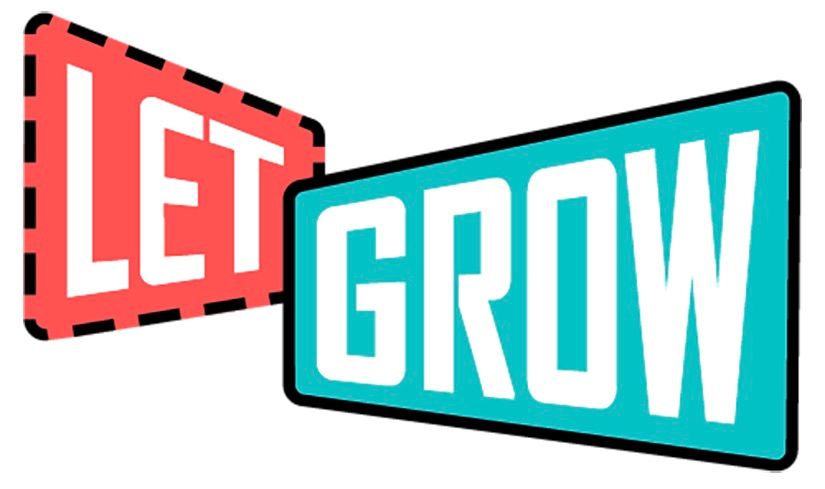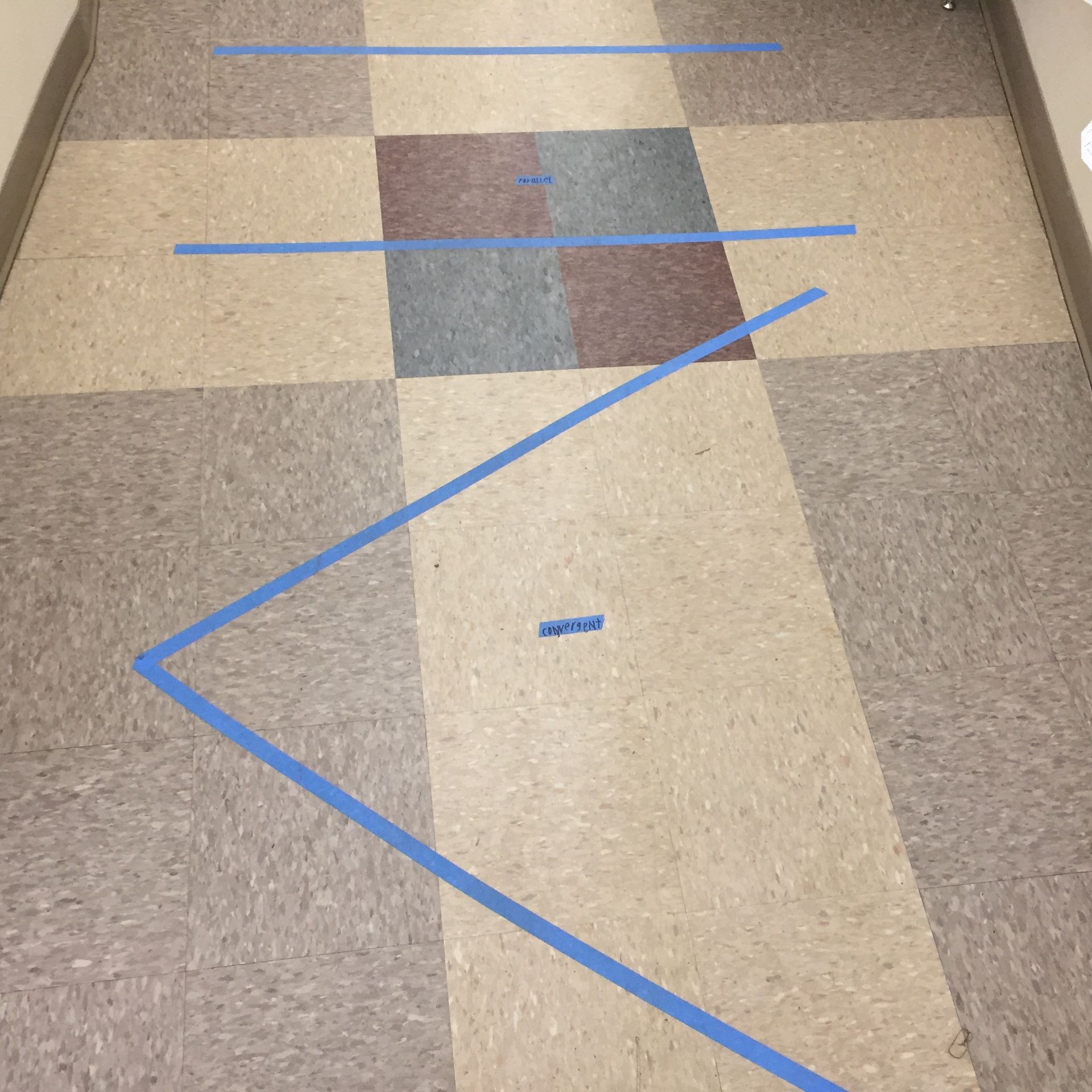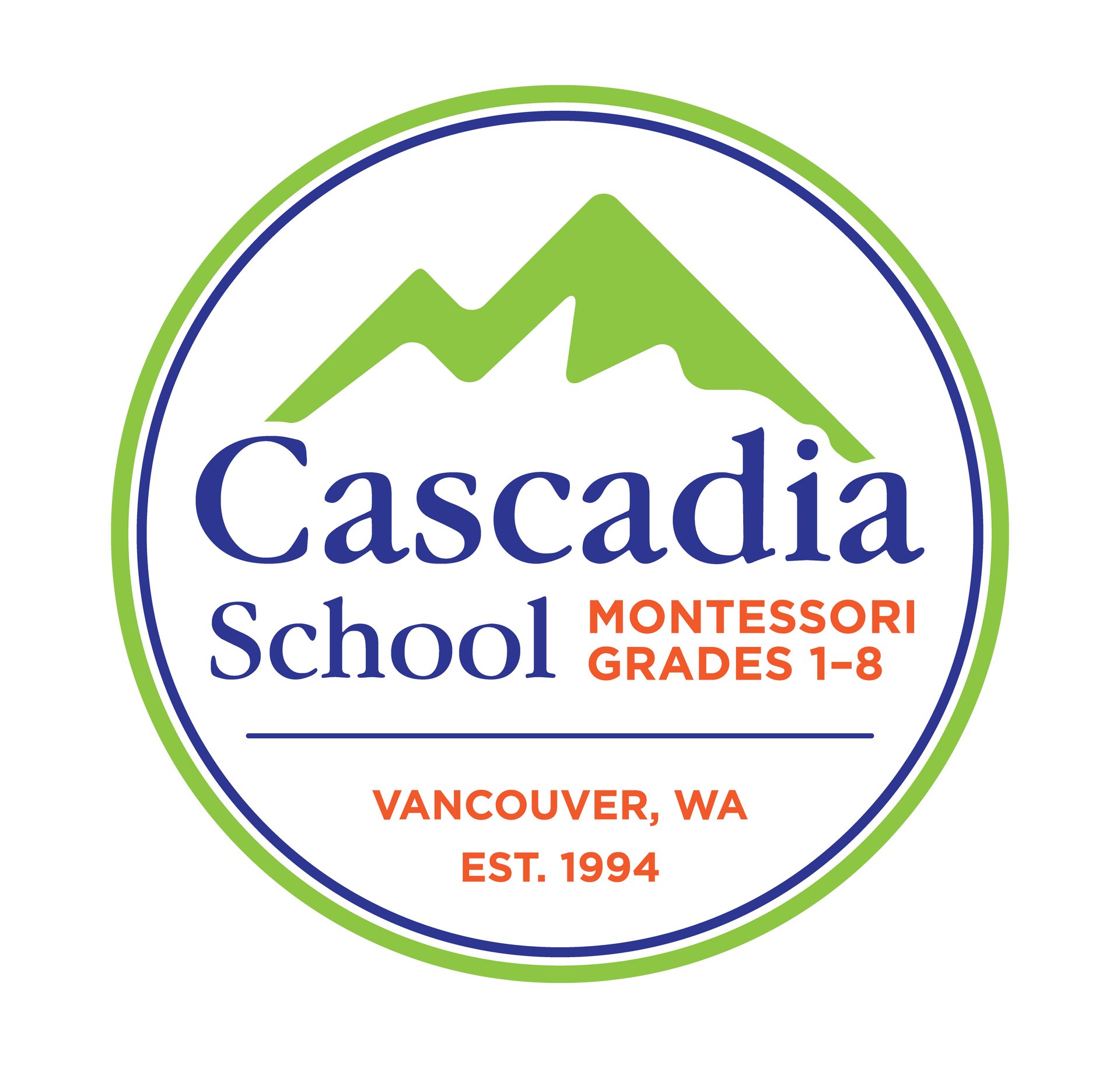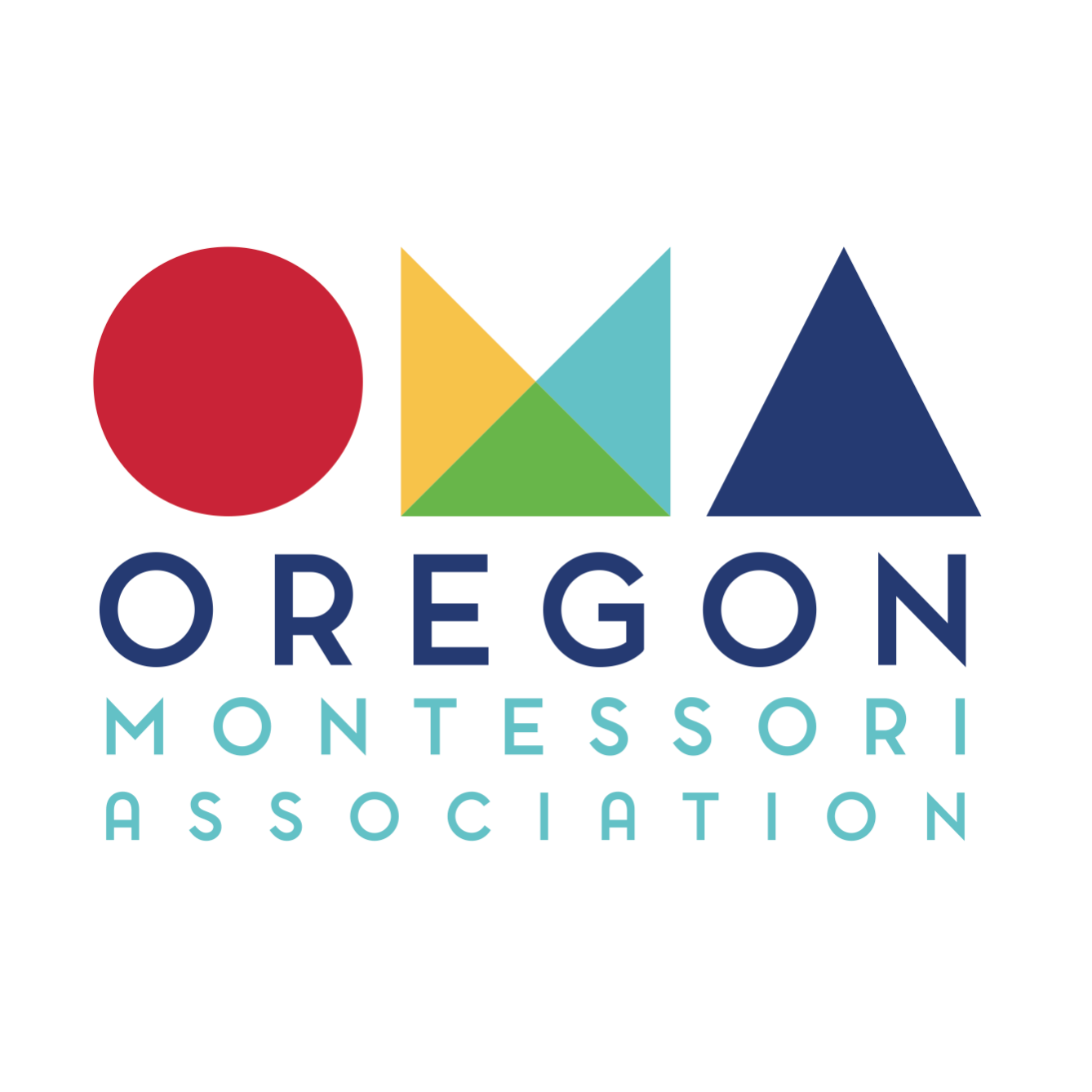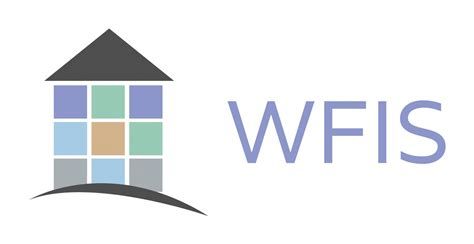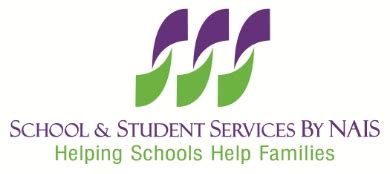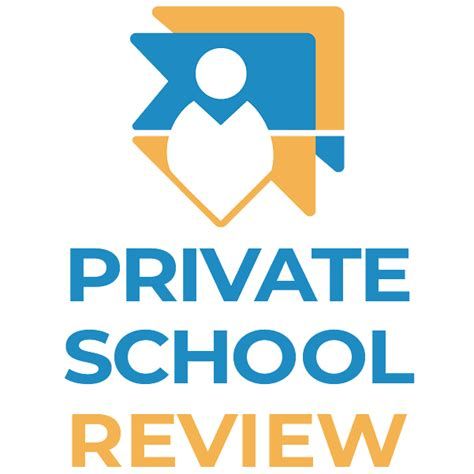Structured Literacy
Dear Maria,
My child struggles with reading and I am curious about an approach called “Structured Literacy.” Can you explain what this means?
Sincerely,
Curious Parent
Dear Curious Parent,
That’s a great question! Structured literacy is a systematic, explicit approach to reading instruction that supports struggling readers, students with dyslexia, and
all readers. There are several instructional approaches that use structured literacy, such as Orton-Gillingham, Barton, Lexia, and Wilson, to name a few.
Structured literacy teaches the following six components of reading using sequenced instruction, which builds on the strengths of each individual student and supports their challenges.
Phonological Awareness (ability to process and manipulate oral language)- Sound-Symbol Association (learning the sounds of symbols, blend, and decode)
- Morphology (smallest bit of information in a word - prefixes, suffixes, etc.)
- Syntax (understanding parts of speech and grammar)
- Semantics (comprehension)
Principles for teaching within a structured literacy framework are explicit, have a multi-sensory approach, involve diagnostic teaching, and are systematic and cumulative. In a Montessori classroom, we are able to support this framework by providing independent follow-up for students using our multi-sensory materials and through careful observation of each child to serve their individual needs.
Cascadia is fortunate to have a reading support team who works in partnership with our guides to assess, screen, provide targeted support, follow-up work, and progress monitoring to support struggling readers.
For more information on this topic we recommend this article titled, “Structured Literacy: Effective Instruction for Students with Dyslexia and Related Reading Difficulties.”



